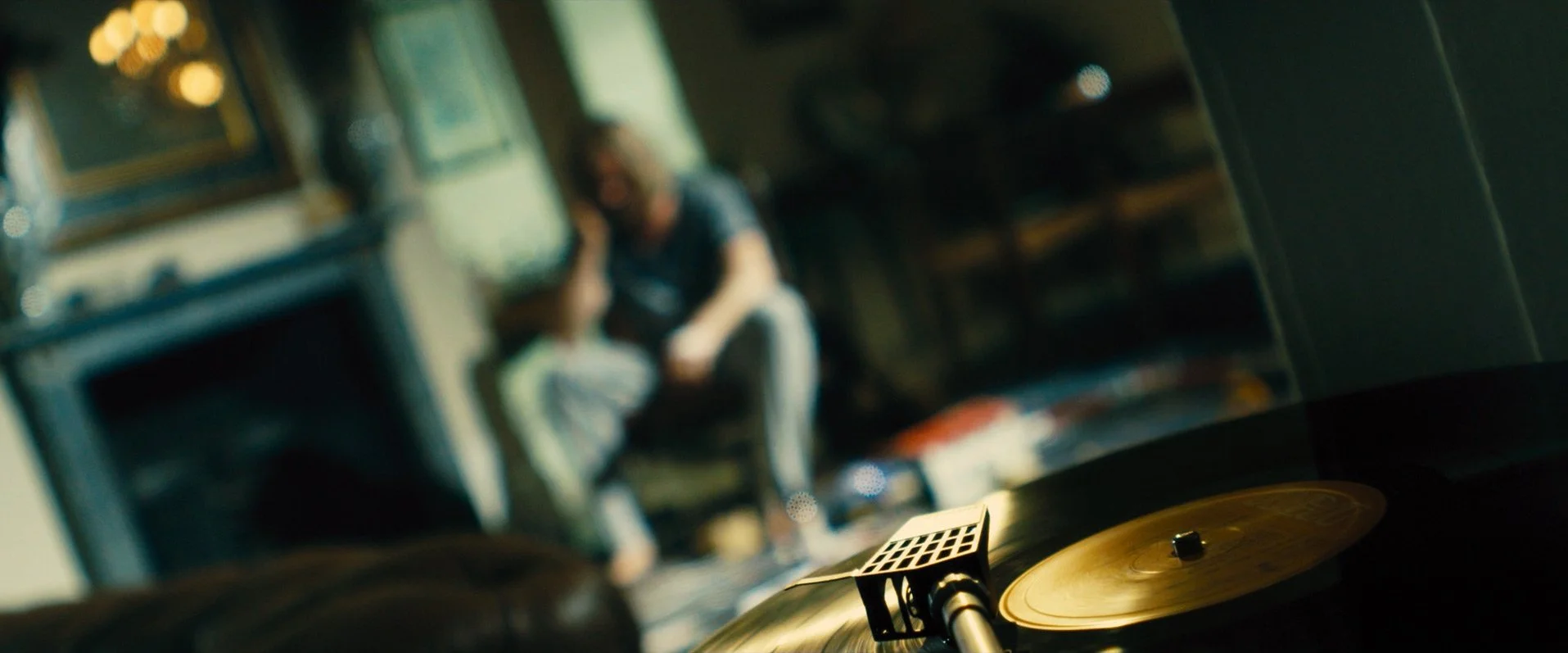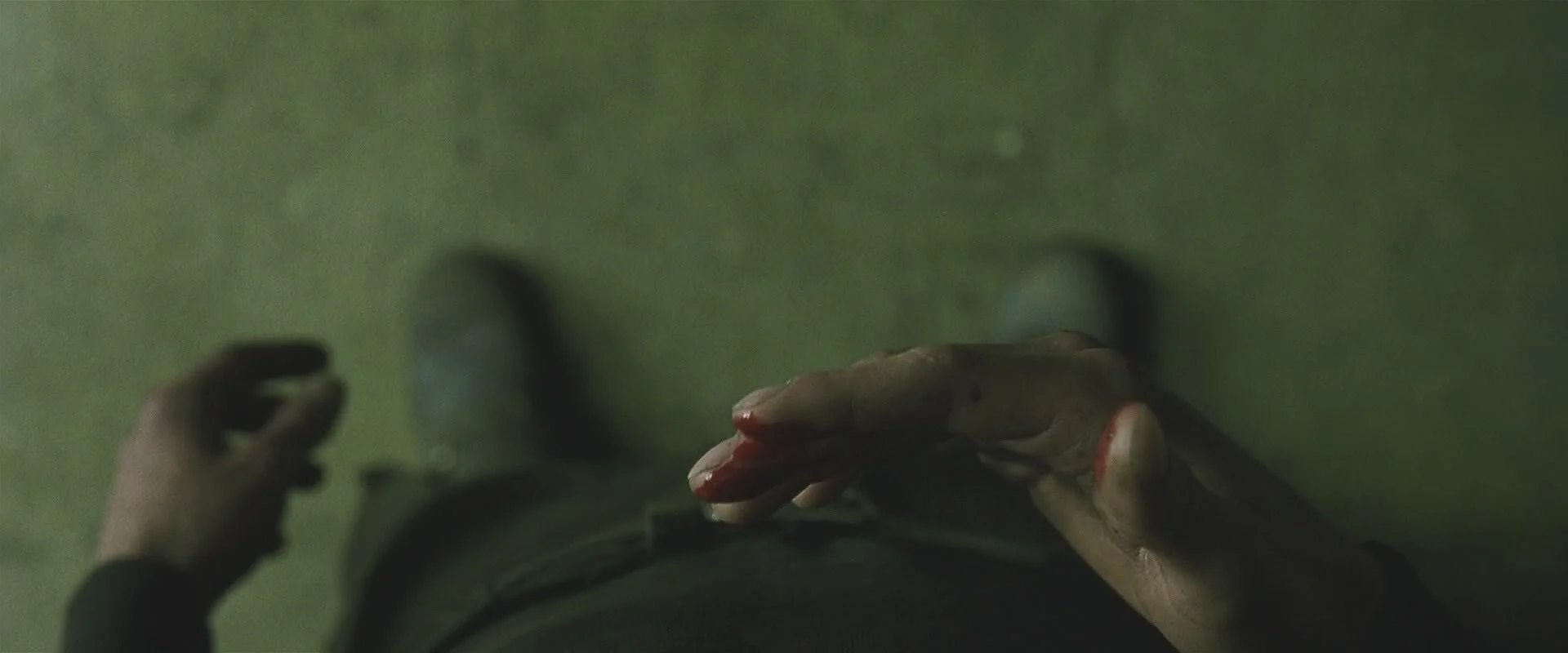1. High Angle Shot:
Incorporating a high angle shot can evoke a sense of vulnerability or insignificance in your subject. By positioning the camera above the subject and looking down, you create a feeling of dominance or surveillance. This angle is perfect for emphasizing the power dynamics within a scene or highlighting the vulnerability of a character.
2. Low Angle Shot:
Conversely, a low-angle shot empowers your subject, making them appear larger-than-life and authoritative. By placing the camera below the subject and looking up, you infuse the scene with a sense of grandeur and strength. Use this angle to convey the heroic nature of a character or to amplify the tension in confrontational scenes.
3. Dutch Angle (or Dutch Tilt):
Introduce a sense of unease or disorientation with the Dutch angle. Tilting the camera to one side creates a diagonal composition, adding a dynamic and unsettling feel to the scene. This technique is often employed in psychological thrillers or moments of chaos to visually mirror the inner turmoil of characters.
4. Over-the-Shoulder Shot:
The over-the-shoulder shot places the camera behind one character's shoulder, framing their face and including part of another character in the foreground. This angle fosters a sense of intimacy and connection between characters, allowing viewers to experience the conversation from a participant's perspective. It's commonly used in dialogue-driven scenes to enhance engagement and immersion.
5. Point-of-View (POV) Shot:
Step into the shoes of your character with a point-of-view shot. This angle allows viewers to see the world through the eyes of the protagonist, immersing them directly into the action. Whether it's a thrilling chase or a heartfelt reunion, the POV shot creates a visceral experience that resonates deeply with audiences.






